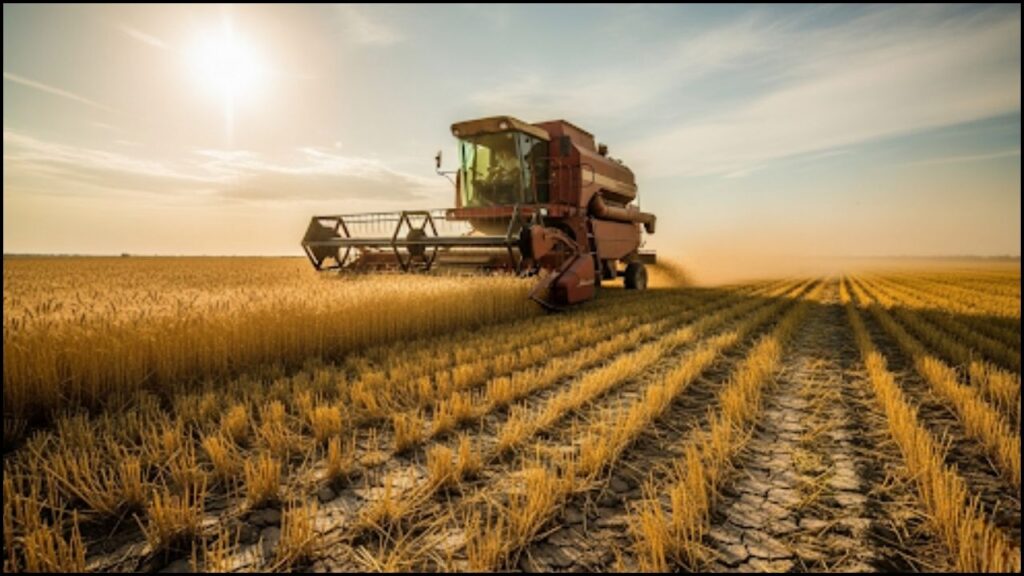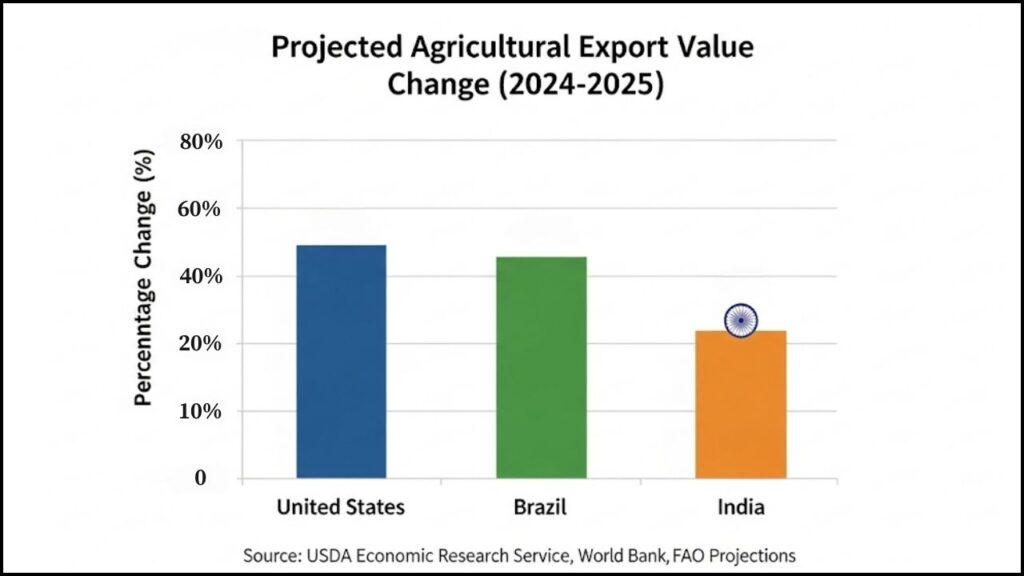
The global landscape for export crops is undergoing a profound transformation in 2025, driven by a convergence of climate volatility, geopolitical tensions, and technological innovation. Major agricultural nations are adapting to new market demands for sustainability and traceability while contending with unpredictable weather patterns and logistical disruptions. The year’s trends underscore a new reality where food security, economic stability, and environmental stewardship are inextricably linked for both producers and consumers worldwide.
Climate and Conflict Reshape Agricultural Trade
The traditional patterns of agricultural trade are being redrawn by a combination of climate-related events and persistent geopolitical instability. Extreme weather, including prolonged droughts and intense heatwaves, has impacted harvests in key grain-producing regions. According to the World Bank, these events, which are becoming more frequent and intense, could trigger sharp price spikes for essential commodities.
In major exporting nations, climate challenges are becoming a central concern. For instance, reports from the International Institute for Strategic Studies indicate that Russia, a leading wheat exporter, is facing its worst harvest in years due to unseasonable frosts and summer heat, which has significant geo-economic consequences for global food prices.
At the same time, geopolitical tensions continue to disrupt established supply chains. The ongoing conflict in Eastern Europe and renewed instability in the Middle East have put pressure on key maritime trade routes and raised insurance and freight costs. A recent analysis by KPMG notes that such events place a renewed strain on global logistics, pushing up transport costs across all sectors, including agriculture.
Shifting Policies and Market Demands
In response to these challenges, agricultural policy is evolving. The World Economic Forum (WEF) has identified a rise in “geoeconomic confrontation,” where trade barriers and tariffs are used as instruments of economic security. This is prompting many nations to diversify their export destinations and seek new trade corridors to mitigate risk.

The shift is not solely geopolitical. Consumer and regulatory pressures are driving a demand for greater sustainability and traceability. The European Union and other major importing blocs are enforcing stricter sanitary and phytosanitary (SPS) measures, as well as new requirements for verifiable, low-carbon, and deforestation-free supply chains.
“We are seeing a fundamental shift from a utilitarian, output-focused model to one that is guided by ethical principles of sustainability,” said Devesh Chaturvedi, India’s Agriculture Secretary, in a recent statement. He emphasized the need for policies that protect natural resources while achieving food security, signaling a broader, global pivot away from sheer production volume.
Technological Innovations in a Volatile Market
The agricultural sector is increasingly turning to technology to navigate this complex environment. Precision farming, powered by artificial intelligence (AI) and satellite imagery, is helping producers optimize yields and manage resources more efficiently. Drones are being deployed for targeted fertilizer and pesticide application, reducing input costs and environmental impact.
The digitization of supply chains is also a major trend. According to a report from Farmonaut, a leading agricultural technology firm, traceability has moved from an optional feature to a “must-have” for premium markets. The use of QR codes and digital records allows for a clear chain-of-custody, giving buyers and consumers the ability to track products from the farm to the shelf. This technology is particularly critical for high-value export crops, such as specialty coffees, fruits, and organic produce, where quality and origin are key selling points.
A Look at Key Export Crops and Nations
Several key export crops are at the center of this dynamic. Soybeans and corn remain dominant, with the United States and Brazil vying for market share. Brazil’s rapid agricultural expansion and efficient port logistics have made it a critical supplier, particularly to China. The Netherlands continues to be a powerhouse in high-value exports like flowers and vegetables, leveraging its advanced greenhouse technology and world-class logistics. For smaller, high-profit crops, the focus is on niche markets. Countries in Asia are expanding their exports of spices, rice, and value-added processed foods to meet rising demand in Africa and the Middle East.
The year 2025 presents a new frontier for the global trade of export crops. The industry is moving beyond a simple focus on production volume to a more complex, multi-faceted approach that prioritizes resilience, sustainability, and transparency. As climate and political risks continue to reshape markets, the nations and businesses that can adapt with technological and policy innovation will be best positioned to thrive. The ultimate challenge will be to secure global food supplies in a world defined by increasing uncertainty.
Thailand Leads Global Mangosteen Orchards Production and Exports
